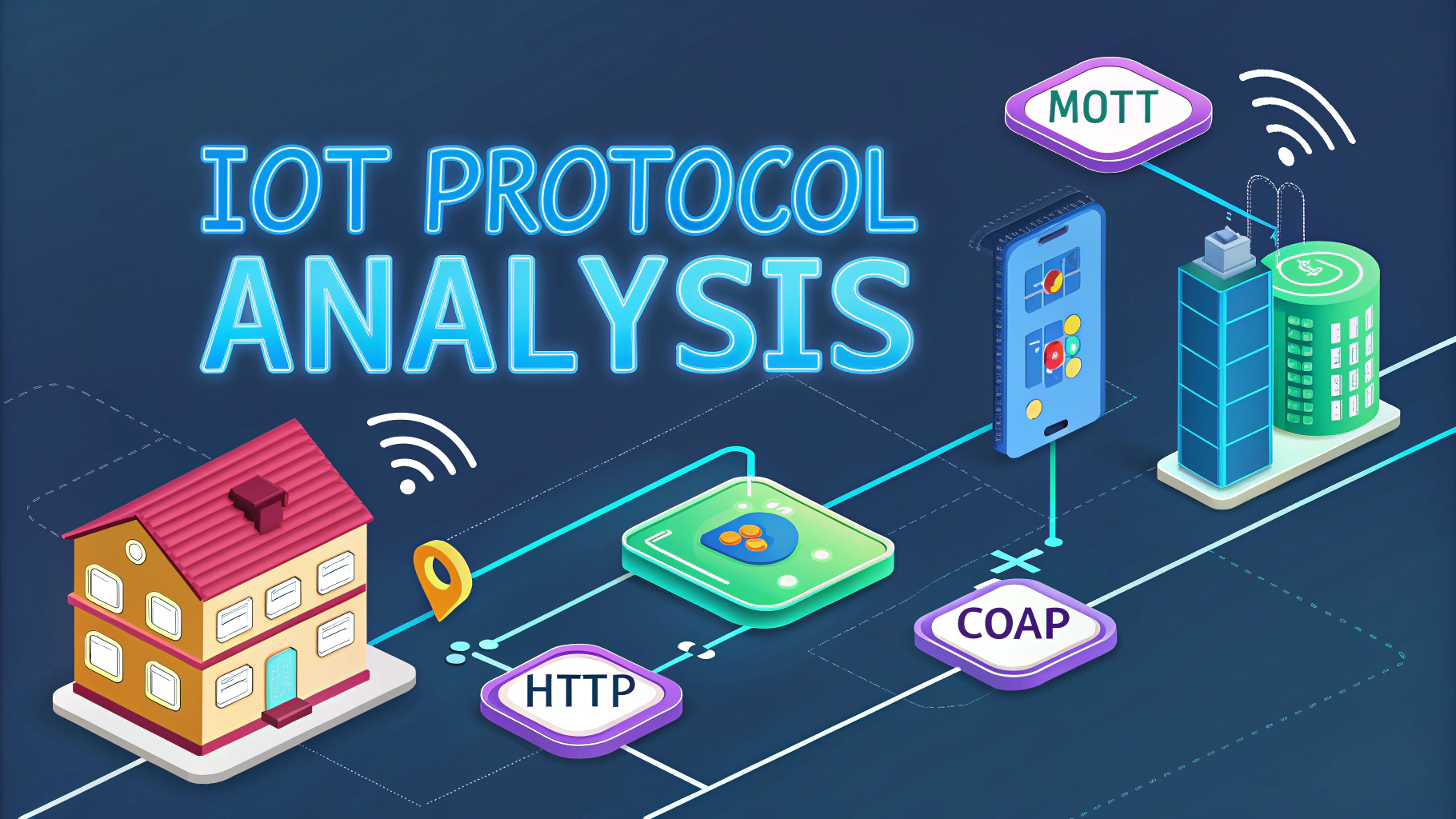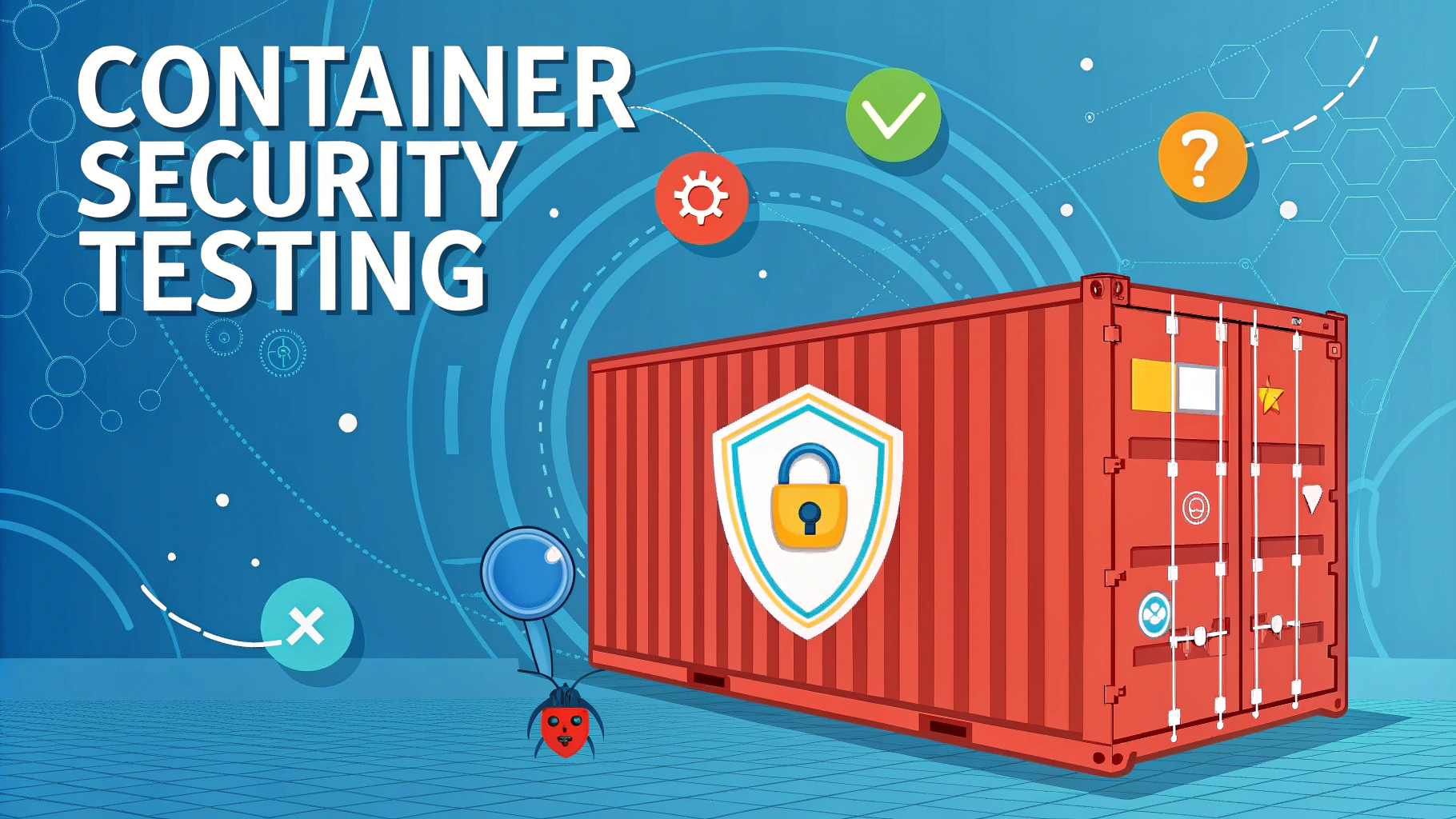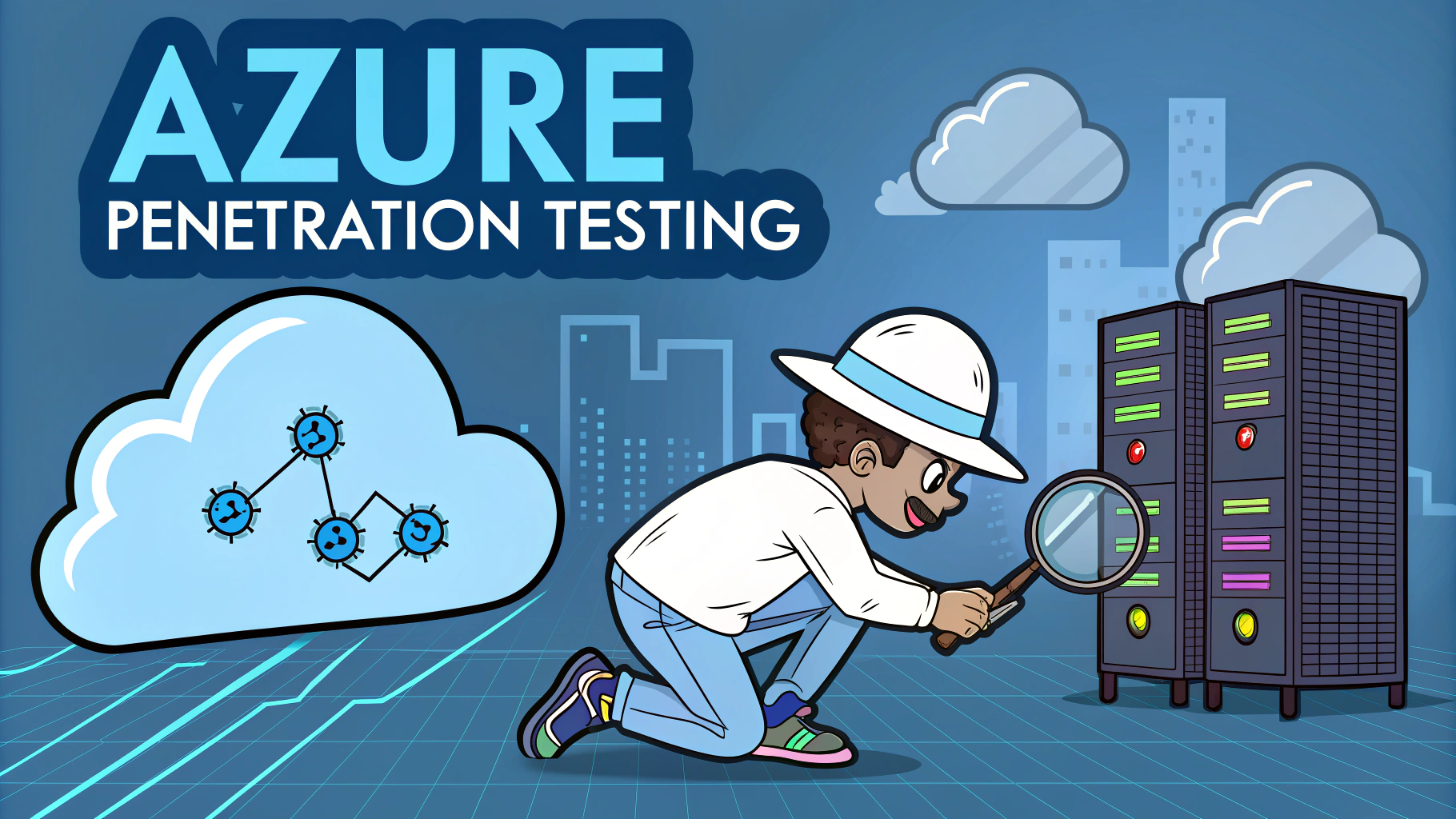Runtime manipulation lets security testers modify program behavior during execution to discover vulnerabilities and security flaws.
This technique involves changing program variables, function parameters, and memory values while an application is running to test how it handles unexpected modifications.
Common Runtime Manipulation Techniques
- Memory editing with tools like Cheat Engine
- DLL injection and hooking
- API hooking and interception
- Process tampering
- Code injection
Required Tools
- x64dbg/x32dbg – Advanced open-source Windows debugger
- Frida – Dynamic instrumentation toolkit
- Process Hacker – Advanced process and system utility
- IDA Pro – Professional disassembler and debugger
Key Steps for Runtime Analysis
- Attach debugger to target process
- Identify key functions and variables
- Set breakpoints at critical locations
- Monitor program flow and memory
- Modify values during execution
- Document behavior changes
Security Implications
Runtime manipulation can expose serious vulnerabilities like buffer overflows, format string issues, and authentication bypasses.
Applications need proper input validation, anti-debugging measures, and integrity checks to prevent malicious runtime modifications.
Defensive Measures
- Implement anti-debugging techniques
- Use code signing and checksums
- Add runtime integrity checks
- Monitor for suspicious process manipulation
- Encrypt sensitive memory regions
Legal Considerations
Runtime manipulation should only be performed on applications you own or have explicit permission to test.
Many countries have laws against unauthorized software modification – always get proper authorization before testing.
Additional Resources
For more guidance on legal penetration testing, contact organizations like OWASP (https://owasp.org) or your local cyber security authority.
Additional Techniques
Advanced Memory Manipulation
- Pattern scanning for dynamic memory locations
- Stack manipulation and heap spraying
- Pointer chain following
- Memory region remapping
Automation Tools
- Python Scripts – Custom memory manipulation
- AutoHotkey – Automated input simulation
- CheatEngine Scripts – Memory scanning automation
- DLL Generators – Custom injection payloads
Best Practices
Documentation Requirements
- Record all modifications made
- Screenshot evidence of findings
- Document system configurations
- Track application versions tested
- Maintain detailed testing logs
Testing Environment Setup
- Isolated virtual machines
- Network segregation
- System restore points
- Backup critical files
Conclusion
Runtime manipulation remains a critical skill for security researchers and penetration testers. Understanding both offensive techniques and defensive measures helps build more secure applications.
Successful runtime analysis requires:
- Strong technical expertise
- Proper tools and methodology
- Legal compliance
- Comprehensive documentation
- Secure testing environments
Organizations must balance security testing needs with proper controls and authorization to maintain system integrity while discovering potential vulnerabilities.
FAQs
- What is Runtime Manipulation in penetration testing?
Runtime Manipulation is a technique where testers modify program behavior during execution by altering memory values, code injection, or intercepting function calls to identify security vulnerabilities. - Which tools are commonly used for Runtime Manipulation?
Popular tools include Frida, x64dbg, OllyDbg, Ghidra, IDA Pro, and Cheat Engine for memory manipulation and dynamic analysis. - How does Runtime Manipulation help in security testing?
It helps identify logic flaws, bypass security controls, test input validation, discover hidden functionality, and assess the application’s runtime security mechanisms. - What are the common targets for Runtime Manipulation?
Mobile applications, desktop software, games, client-side applications, and any executable programs that run on the target system. - What are the risks of Runtime Manipulation in production environments?
It can cause application crashes, data corruption, system instability, and potentially compromise other running processes or system security. - How can developers protect against Runtime Manipulation?
Implement anti-debugging techniques, code obfuscation, integrity checks, memory protection mechanisms, and runtime environment verification. - What skills are required for Runtime Manipulation testing?
Knowledge of assembly language, debugging tools, memory management, operating system internals, and understanding of program execution flow. - What are the legal considerations for Runtime Manipulation testing?
Obtain proper authorization, work within scope, respect intellectual property rights, and ensure compliance with local cybersecurity laws and regulations. - What is the difference between static and runtime manipulation?
Static manipulation modifies the program before execution, while runtime manipulation alters the program during execution in memory. - How does Runtime Manipulation relate to fuzzing?
Runtime Manipulation can enhance fuzzing by enabling dynamic input modification, monitoring program state, and identifying crash conditions during automated testing.








